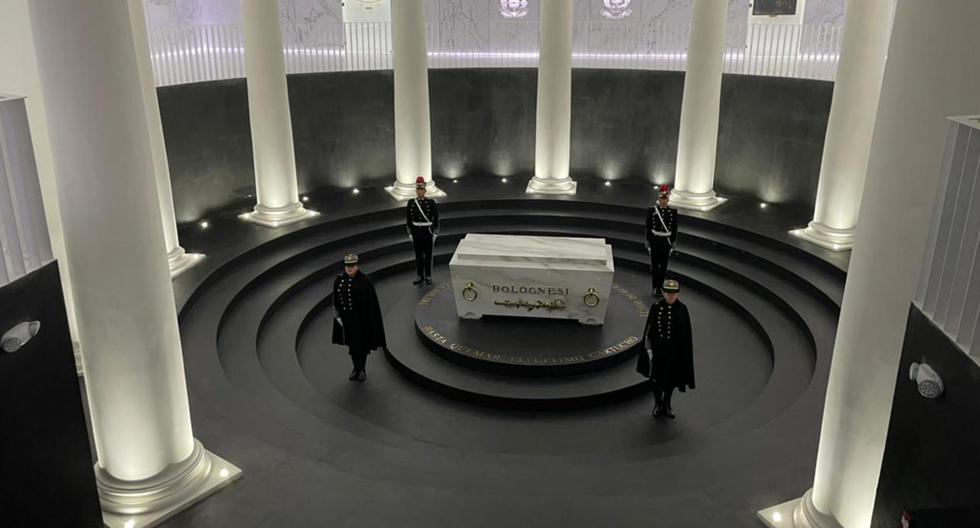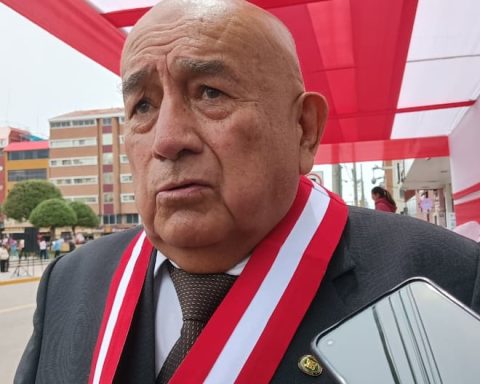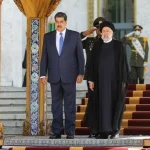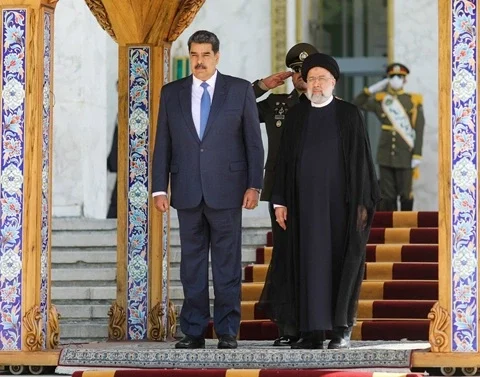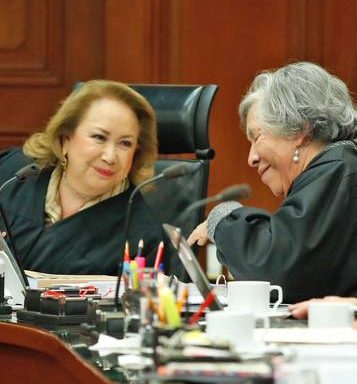The Colonel Francisco Bolognesi Cenotaph, recently built in the Chorrillos Military School, opened its doors to the public as part of the celebrations of the 142nd anniversary of the Battle of Arica and the renewal of the oath of allegiance to the flag.
It is a monument where you can pay tribute to the patron saint of the Army and hero of the Battle of Arica, Colonel Francisco Bolognesi Cervantes, “who offered his life during the Pacific War, after expressing the historic phrase: ‘I have sacred duties to fulfill and I will fulfill them until the last cartridge is burned‘”.
The director of the Military School of Chorrillos, Brigadier General Francisco Costa Gallegos, highlighted that this work “represents the values and virtues of the national hero who sacrificed his life for the country, and influences the formation of Army cadets”.
“The example of Colonel Francisco Bolognesi does not only concern the military; also to all the workers, to the population in general, to burn the last effort in fulfilling the goals and objectives that are drawn. That is the main legacy of Bolognesi”, he expressed.
What can be seen at the cenotaph
The cenotaph is guarded by cadets from the military institution. Besides of center monumenton the first floor you can see information on the life and sacrifice of Bolognesi, as well as military objects of the time and paintings that portray the colonel in the Battle of Arica, like the painting “The last cartridge” and “The answer”.
“The cenotaph is an empty tomb, a replica of the tomb where Bolognesi’s remains are found in the Crypt of Heroes. Here you can see writings, relics and images, as well as spaces that allow us to understand the meaning of the sacrifice of Bolognesi”, relates historian and EP Lieutenant Emerson Fuentes.
Here you can also see the epaulettes of Francisco Bolognesi, recently returned by the Government of Chile to Peru together with the gates of the Corbeta Unión (the latter will surely remain in the custody of the Navy).
President Pedro Castillo received the aforementioned Bolognesi insignia the day before and this June 7 they were delivered to the Commander General of the Peruvian Army, General EP Walter Córdova Alemán, during the ceremony for the 142nd anniversary of the Battle of Arica and the renewal of the oath of allegiance to the flag.
:quality(75)/cloudfront-us-east-1.images.arcpublishing.com/elcomercio/HN6EJDUA4REVPMC57QYWFNQGMQ.jpeg)
How can you visit the monument
The general public who wants to know the Coronel Francisco Bolognesi Cenotaph and live a unique experience, can schedule their visit through the email of the Military School of Chorrillos: [email protected]. visits are free. The school reported that the tour also includes:
– The Grand Marshal William Miller (1795-1861) Museum. Miller was a British soldier who made an exceptional contribution to the independence process of Peru and Chile. In 1824 the liberator Simón Bolívar named him General in Chief of the independence cavalry and thanks to his performance he was promoted to the rank of Marshal of the Peruvian Army.
Miller created the hussars of the Peruvian Legion, who after the battle of Junín were renamed the Hussars of Junín and were in charge of the Government Palace. Miller appears in the painting Patriotic Emblem dedicated to Simón Bolívar (1825) by Santiago Juárez (which can be seen at the Lima Art Museum).
– The Tomb of Colonel Paul Clément (1860 – 1925), Franco-Peruvian military officer, head of the first French Military Mission that came to Peru in 1896, at the request of President Nicolás de Piérola, to reorganize, restructure and modernize the Peruvian armed forces. His remains also rest today in the Chorrillos Military School.
:quality(75)/cloudfront-us-east-1.images.arcpublishing.com/elcomercio/VT6U7CJKXJDSZEWMXAMZR263LA.jpg)
RECOMMENDED VIDEO
:quality(75)/cdn.jwplayer.com/v2/media/s8V5UTLP/poster.jpg)
